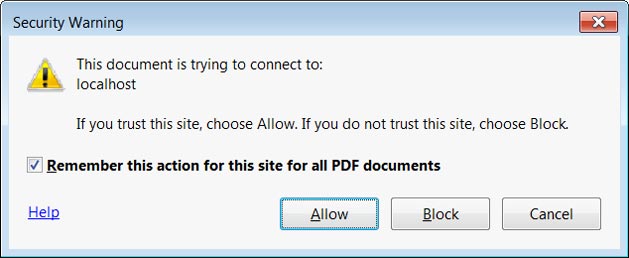Applying Digital Forensics to Everyday Life
Keeping personal information private is becoming increasingly more important as the age of technology persists. People are connected to their devices more now than ever before and as people become more dependent on technology, digital hackers are also becoming increasingly apparent. Digital hackers are getting tactful and creative with their hacking abilities and strategies. Hackers’ goals are to erase, alter, and/or exploit personal information found on Continue reading





 Intel users beware! Hackers have now discovered a new method to hide malware inside the security Intel SGX enclaves. Usually, the Intel Software Guard eXtensions (SGX) is a technology that’s used by app developers as a security measure against unwanted data modification or disclosure.
Intel users beware! Hackers have now discovered a new method to hide malware inside the security Intel SGX enclaves. Usually, the Intel Software Guard eXtensions (SGX) is a technology that’s used by app developers as a security measure against unwanted data modification or disclosure.

